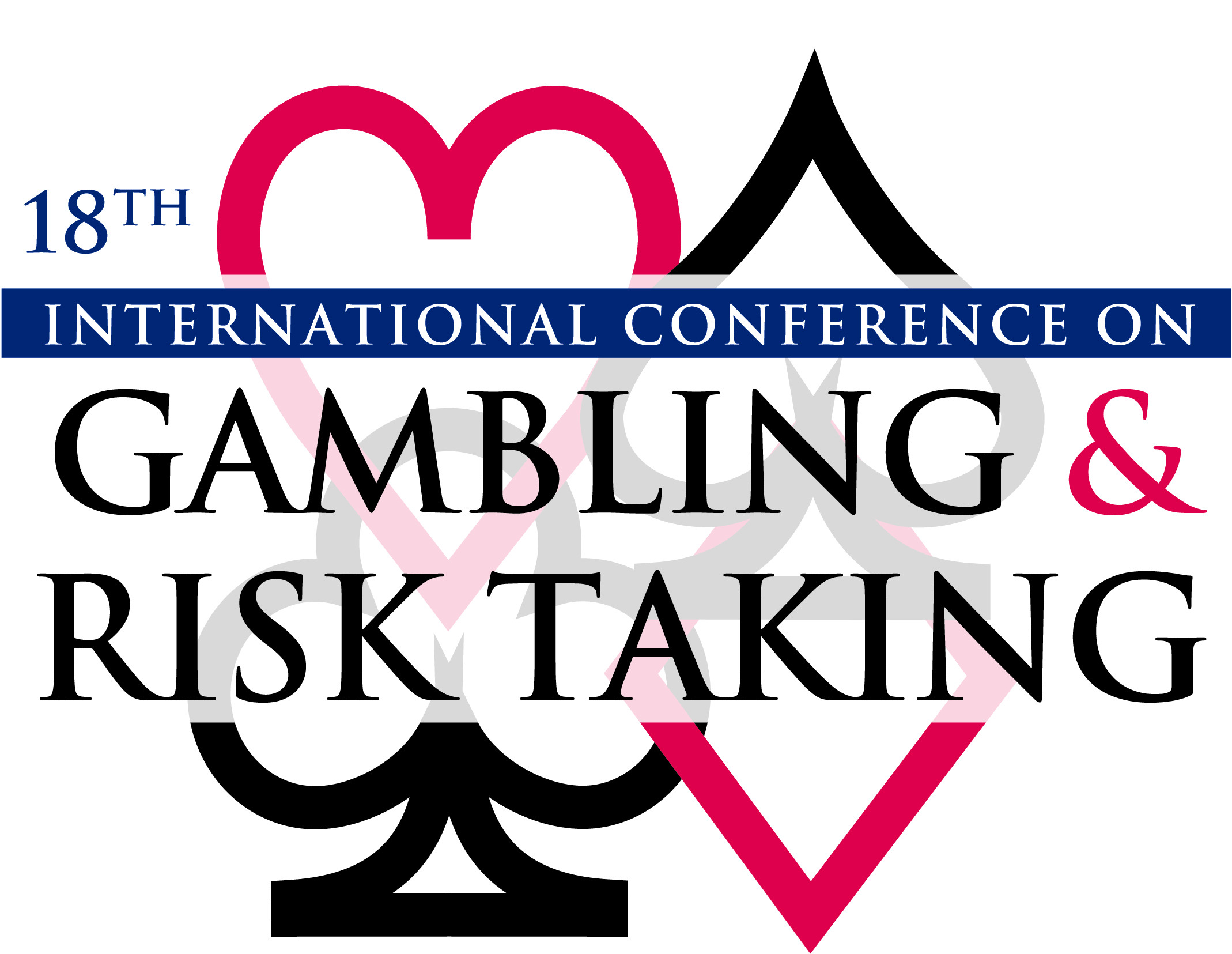A pathway to gambling disorder among Jewish Ultra-Orthodox men in Israel
Session Title
Session 2-4-C: Subpopulation Research
Presentation Type
Paper Presentation
Location
Park MGM, Las Vegas, NV
Start Date
24-5-2023 3:30 PM
End Date
24-5-2023 5:00 PM
Disciplines
Sociology of Religion
Abstract
Introduction: The Ultra-Orthodox community in Israel forms a conservative cultural enclave. This study aimed to illustrate the choices made by ultra-orthodox individuals with GD and the unique pathway leading them to develop GD. Method: Relying on a constructivist grounded theory approach, 22 Ultra-Orthodox men with GD and 16 Rabbis were interviewed during 2021-2022, creating a sample driven by theoretical concerns. Results: An abductive analysis revealed dispositions to GD shaped by a structure of a closed community with limited available choices, a religious and socio-cultural classification of gambling as a gray area, and individual histories of men who feel deprived (e.g., due to dissatisfaction from their spouses). The Ultra-Orthodox men explained their justifications for choosing to gamble, depicting gambling as a means to receive a divine economic reward, their religious effort to obtain socio-cultural esteem, and a “white addiction” that can be easily concealed. Conclusions: This choice-making is explained by an interaction between the religious socio-cultural structure characterized by a narrow range of alternatives and the individual agents, contributing together to the development of GD.
Keywords
Gambling disorder, religion, choice-making, agency
Funding Sources
Mifal Hapais (Israeli National Lottery) Independent Academic Research Fund. This funding did not influence this study.
Competing Interests
The authors declare no conflict of interest.
A pathway to gambling disorder among Jewish Ultra-Orthodox men in Israel
Park MGM, Las Vegas, NV
Introduction: The Ultra-Orthodox community in Israel forms a conservative cultural enclave. This study aimed to illustrate the choices made by ultra-orthodox individuals with GD and the unique pathway leading them to develop GD. Method: Relying on a constructivist grounded theory approach, 22 Ultra-Orthodox men with GD and 16 Rabbis were interviewed during 2021-2022, creating a sample driven by theoretical concerns. Results: An abductive analysis revealed dispositions to GD shaped by a structure of a closed community with limited available choices, a religious and socio-cultural classification of gambling as a gray area, and individual histories of men who feel deprived (e.g., due to dissatisfaction from their spouses). The Ultra-Orthodox men explained their justifications for choosing to gamble, depicting gambling as a means to receive a divine economic reward, their religious effort to obtain socio-cultural esteem, and a “white addiction” that can be easily concealed. Conclusions: This choice-making is explained by an interaction between the religious socio-cultural structure characterized by a narrow range of alternatives and the individual agents, contributing together to the development of GD.

